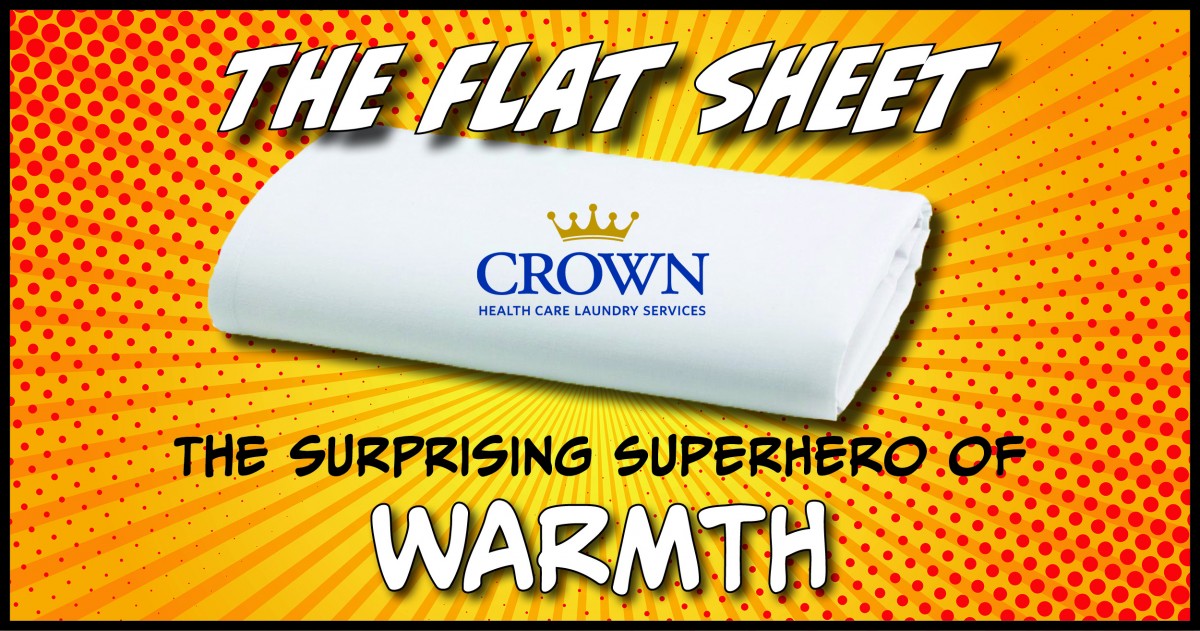
Unleashing the Superpower of Flat Sheets
As temperatures plummet, healthcare providers seek effective ways to ensure patient comfort and warmth. In a world of various sophisticated tools, the simple flat sheet emerges as a seasonal superhero. This seemingly modest piece of fabric boasts remarkable features, proving invaluable in enhancing patient care during colder months.
In the pursuit of keeping patients warm during colder months, the flat sheet offers a surprisingly efficient alternative to traditional thermal spreads. By opting for an additional flat sheet instead of a second thermal blanket, healthcare facilities can achieve the same, if not better, levels of warmth and comfort for patients. This switch not only increases patient satisfaction by providing lightweight, comfortable warmth but also contributes to cost savings in your linen spend.
Enhancing Patient Satisfaction with Lightweight Comfort
A flat sheet’s tightly woven fabric is designed to trap heat, making it an ideal choice for healthcare environments where maintaining a warm and comfortable setting is essential for patient recovery during colder seasons. Patients often prefer the lightness of a flat sheet over the heaviness of a thermal blanket, especially where comfort and ease of movement are paramount. By using an additional flat sheet, patients experience an increase in comfort, leading to greater satisfaction with their care.
Strategic Layering for Optimal Warmth and Cost Savings
The versatility of the flat sheet shines in the winter season through the power of layering. By adding an additional flat sheet over a thermal blanket, healthcare providers can significantly amplify the warmth provided to patients. This simple layering technique is an easy, yet impactful way to adapt to the colder temperatures, ensuring that patients remain comfortable and warm. Consider this in your bed makeup – fitted sheet, top sheet, thermal, topped with a second flat sheet.
The strategy of layering flat sheets provides an adaptable solution to varying temperature needs. Adding an extra sheet can easily increase warmth, and it’s just as simple to remove a layer if a patient gets too warm. This flexibility is not only more comfortable for the patient but also more cost-effective for the facility. The ability to adjust layers according to individual patient needs eliminates the one-size-fits-all approach of heavier blankets, leading to better resource utilization and lower linen costs.
As healthcare facilities navigate the challenges of the colder season, the flat sheet stands out as a practical and cost-effective solution. Its ability to provide superior insulation, combined with its lightweight nature, enhances patient comfort and satisfaction. Moreover, choosing flat sheets over thermal spreads is a strategic decision that contributes to significant cost savings in linen management. The flat sheet, often underestimated, proves to be a valuable asset in healthcare settings, especially during these chilly months.